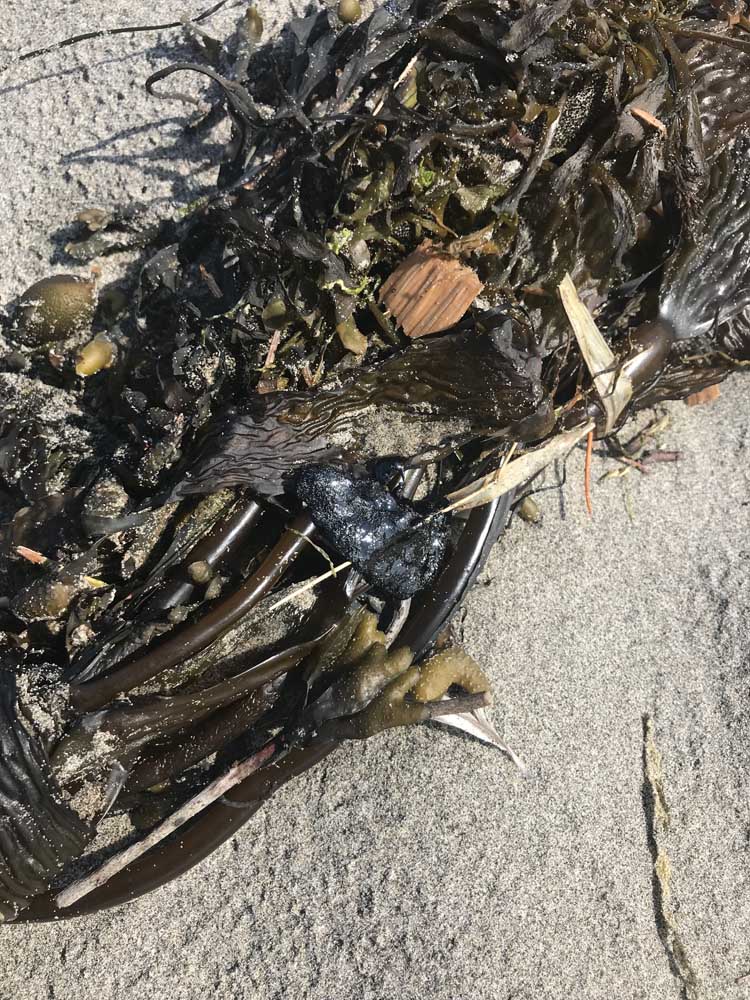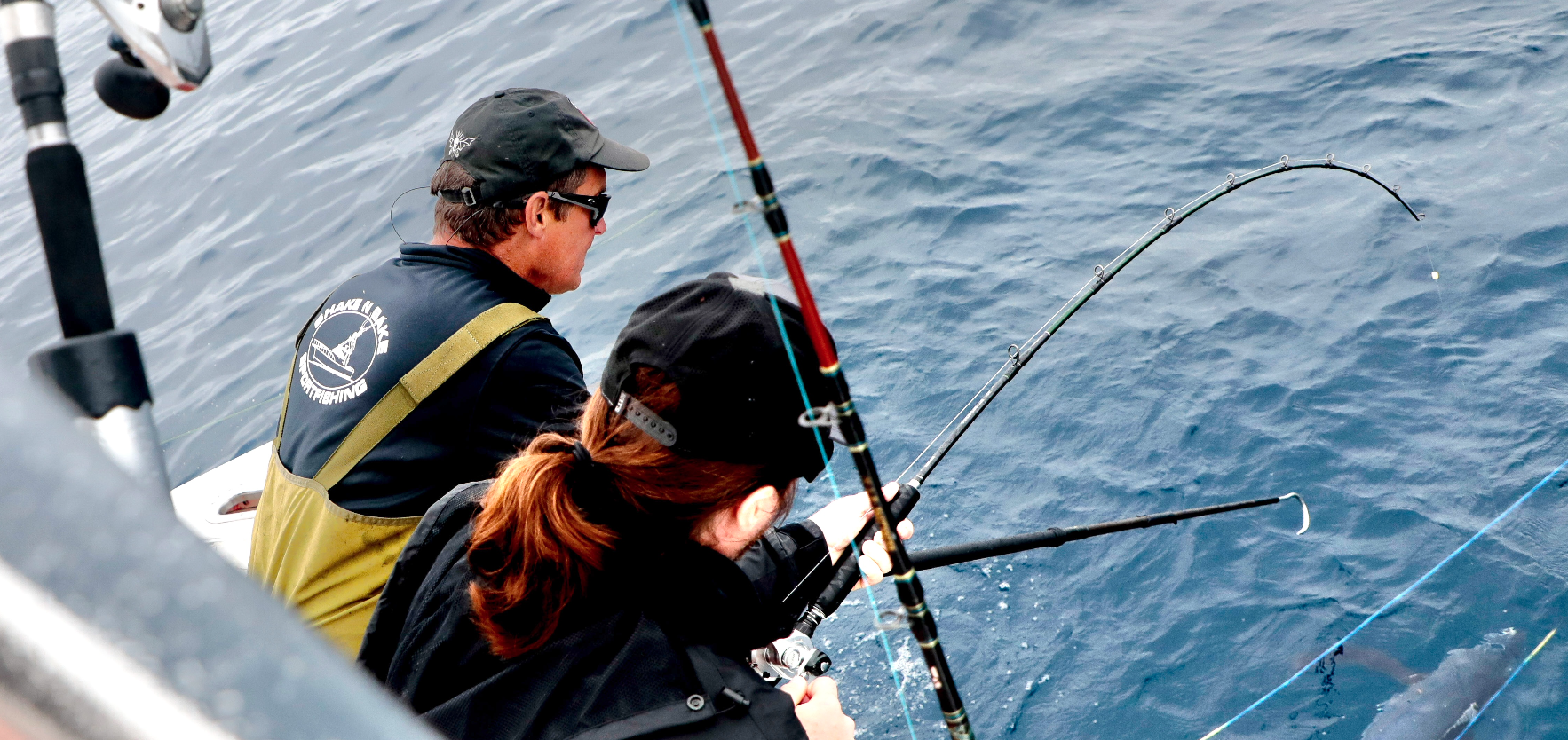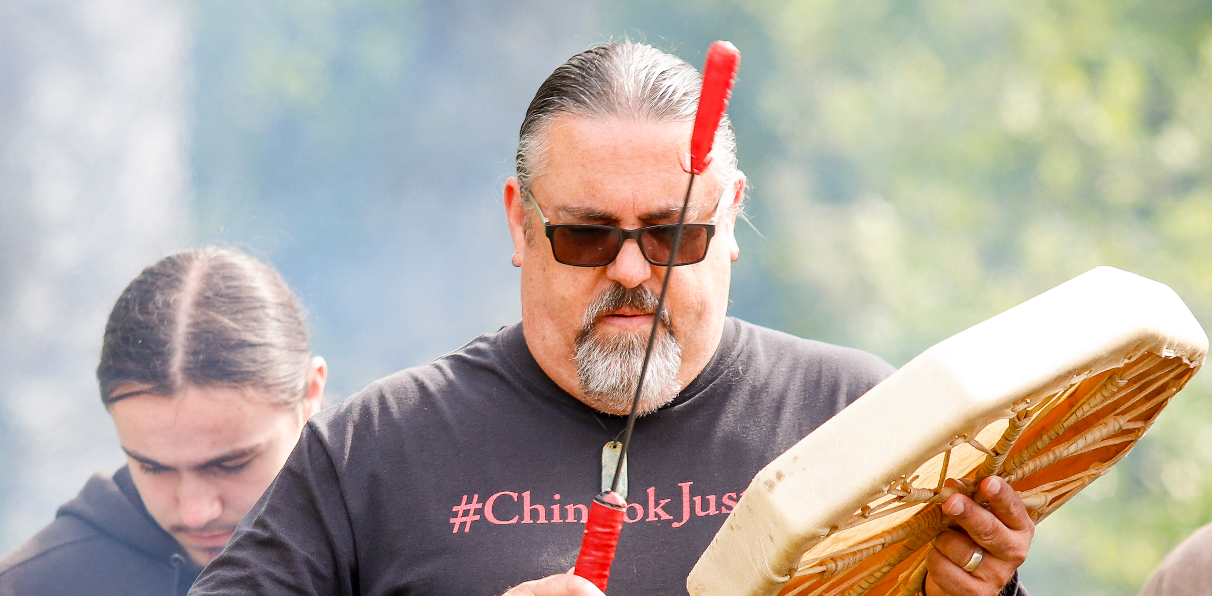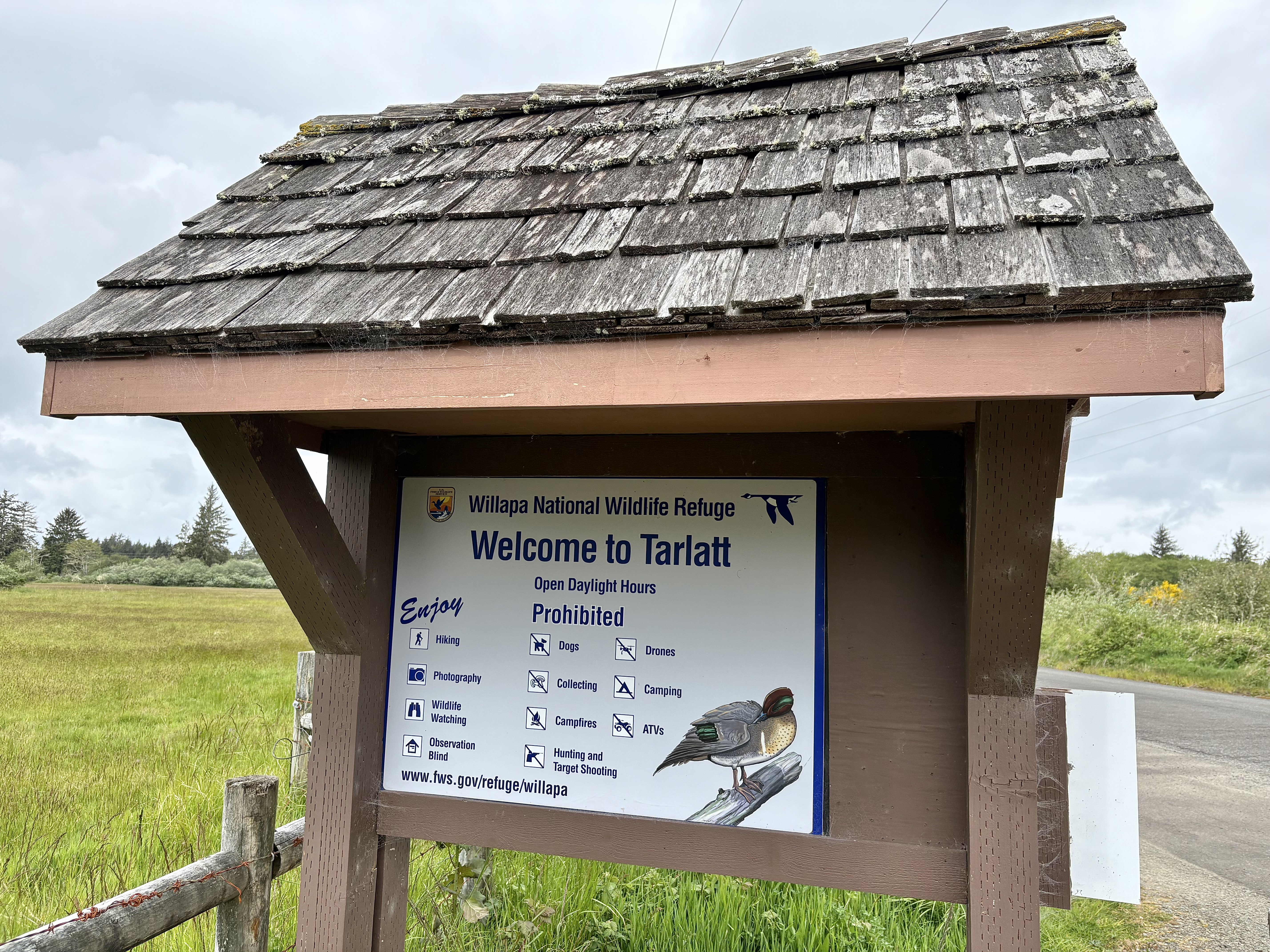Investigators seek what’s oiling birds on WA-OR coast
Published 7:35 pm Sunday, May 19, 2024

- A tar ball adheres natural beach detritus in the Seaview area Sunday.
SEAVIEW — Tar balls and oiled seabirds between Seaview and Lincoln City, Oregon on Sunday, May 20, elicited a large state and federal response but no answers yet about the origin of the pollution.
Trending
Washington Department of Ecology investigators came from Olympia to Pacific County Sunday afternoon following reports of globules of a tar-like substance widely scattered along the wrack line Sunday morning.
Reports also emerged during the day of oil-covered birds in the vicinity of the Seaview beach approach and south along the north Oregon coast.
“At last check, seven oiled seabirds were found between Seaview and Lincoln City,” Ecology spokesperson Jasmin Adams said Monday. “One bird has been euthanized. They all appear to be common murres. No additional oiled wildlife has been reported.”
Trending
Common murres live most of their lives on the open ocean and healthy ones rarely come ashore except when nesting. They are described as “flying penguins” by one popular bird identification website.
The U.S. Coast Guard performed helicopter-flight surveillance along the coast Sunday but has not been able to find a source, Adams said. Samples of the tar balls have been sent to a lab for analysis.
The Pacific County Emergency Management Agency (PCEMA) was involved in a related joint-agency meeting Monday attended by agencies from Washington and Oregon including Washington’s Department of Fish and Wildlife and Department of Ecology, as well as the Oregon Department of Fish and Wildlife
“There are a ton of stakeholders in this because of how widespread this is,” PCEMA Director Scott McDougall said Monday. “There are teams that are going to be working on the beach today to try and look for and clean up birds. They are taking some precautions and some protections to make sure that the snowy plovers, which are nesting right now, aren’t disturbed and that things are taken care of in regard to them.”
Snowy plovers, a protected small shorebird, nest in the sand dunes near Leadbetter Point.
In addition to Coast Guard overflights, the National Oceanic and Atmospheric Administration has also used satellites to scour the ocean for clues, McDougall said.
“We have been absolutely, totally unable to determine at this point in time what the source of the oil is,” he said. “There are a lot of different theories, but nothing that I want to speculate on. I think the biggest takeaway I had from the meeting is that these various agencies are going to be working together.”
McDougall said another update on the incident was planned Tuesday, May 21, at 1 p.m., after the Observer’s press deadline.
If an oiled bird is found, call the Washington Department of Fish and Wildlife at 1-800-222-4737 or email the U.S. Fish and Wildlife Service’s damage assessment specialist at Mike_Szumski@fws.gov. Members of the public should not touch oiled birds.









